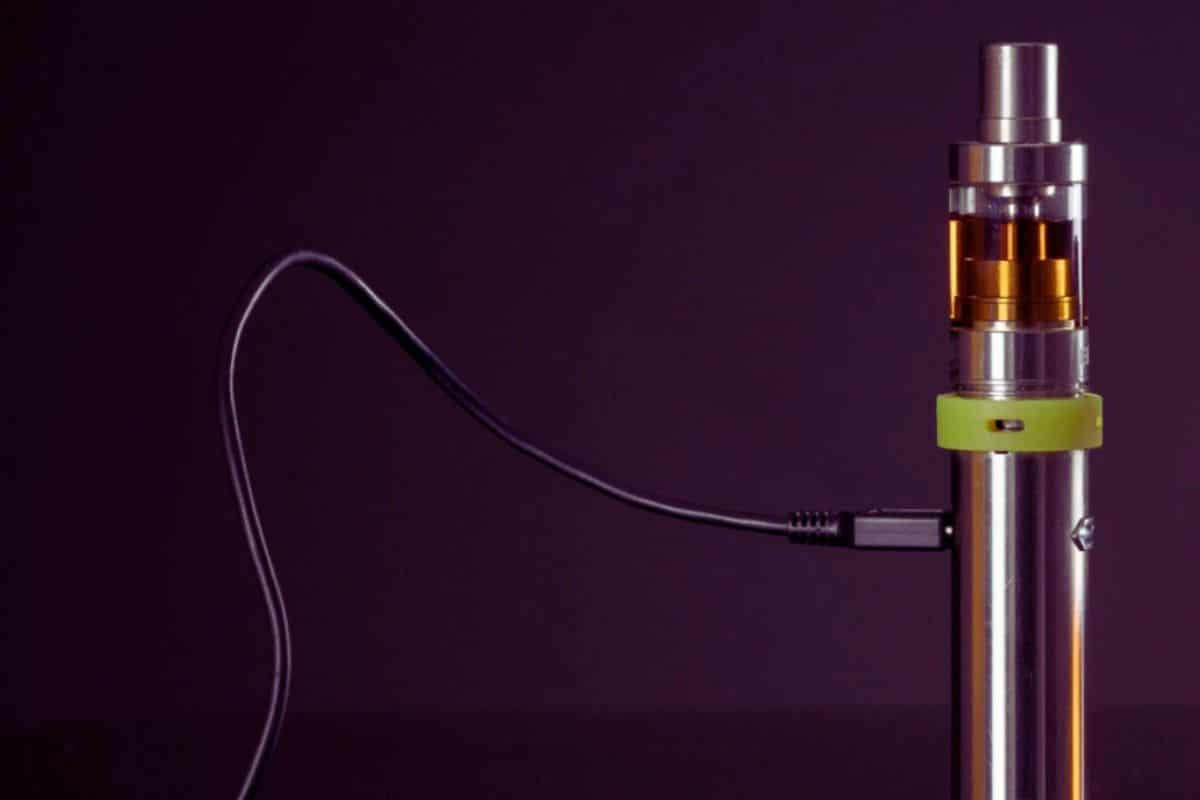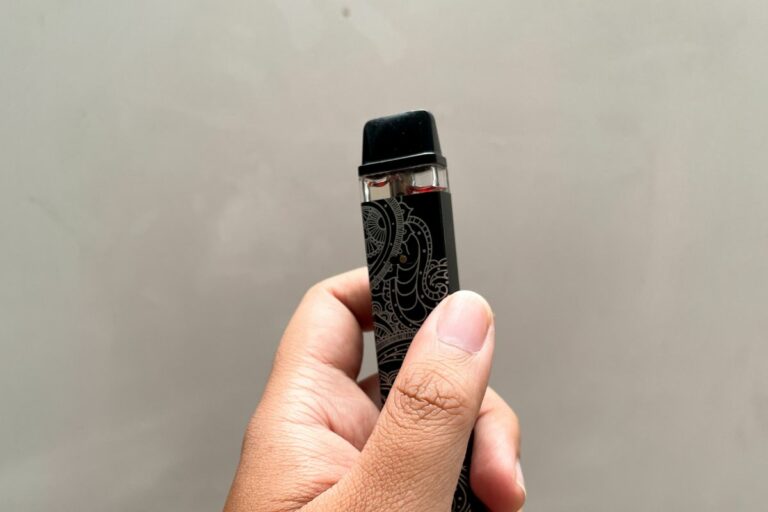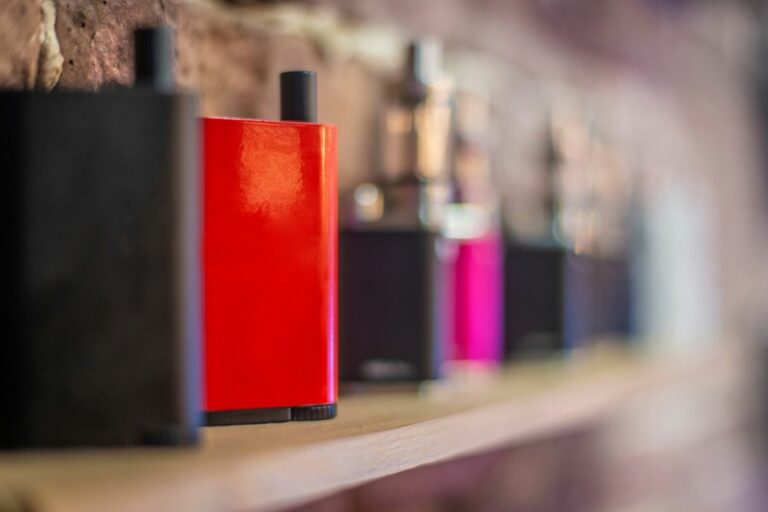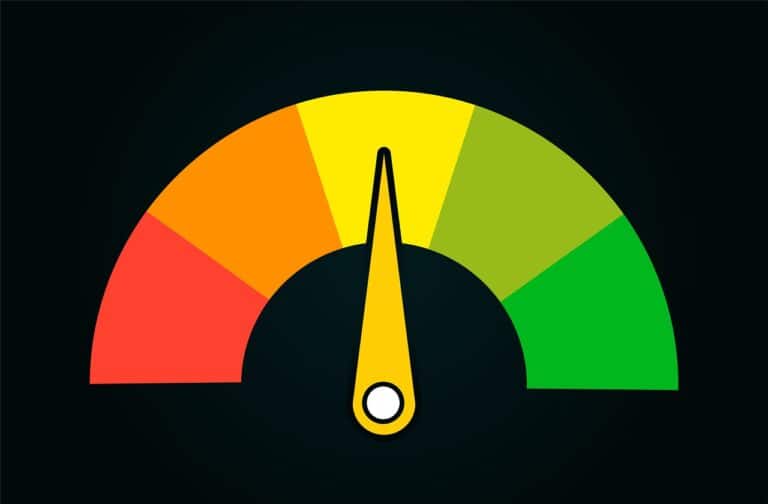I Left My Vape Charging Overnight: Possible Consequences and Safety Tips
Many e-cigarette users have experienced the convenience of leaving their vape kit charging overnight, ensuring a fully charged device ready for use the next day. However, this seemingly harmless habit may carry potential risks and consequences for both the device and the user. In this article, we will explore the implications of charging a vape overnight and discuss safer alternatives for maintaining a properly charged device.
Vaping has grown in popularity among adults as a perceived healthier alternative to traditional cigarette smoking. With this increased usage, it is important for users to understand proper care and maintenance for their devices. E-cigarettes and vape kits, like any electronic device, rely on batteries for power, and the way these batteries are charged can significantly impact their performance and longevity.
One common concern with leaving a vape charging overnight is the potential risk of battery-related issues. Overcharging the battery can lead to decreased performance and, in some cases, even accidents such as fires or explosions. Additionally, using incompatible chargers or damaged batteries can exacerbate these risks. To minimize these potential hazards, it is essential for vape users to assess proper charging methods and employ safe battery care techniques.
Table of Contents
Understanding Vape Charging
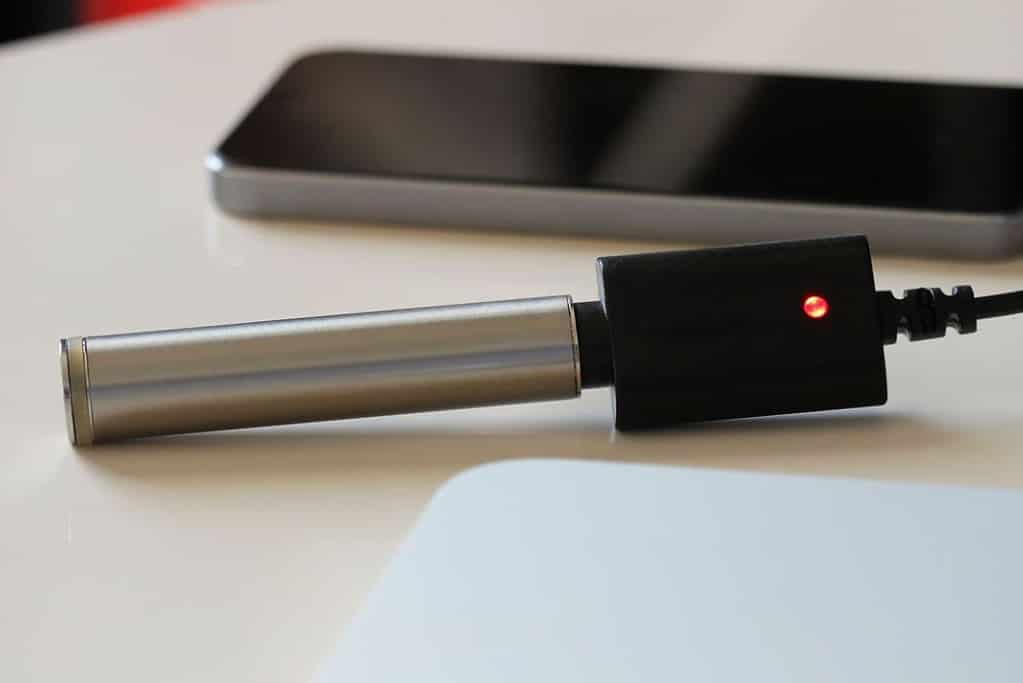
Charging your vape device is an essential part of maintaining its functionality and ensuring a satisfactory vaping experience. To charge your vape, simply connect the Universal 510 Thread Battery USB Charger with Cord to a USB port and then connect its other end to your vape device. When the device is connected to a charger, it usually displays a special indicator to show that it’s charging.
The time it takes to reach a full charge depends on various factors, such as the battery capacity and the charger’s output. Typically, most vape devices take about 2 to 3 hours to charge fully. Once the device’s battery is fully charged, it’s essential to disconnect the charger to prevent overcharging, which can damage the battery. To maintain battery life and ensure optimal performance, avoid leaving your vape charging overnight or for extended periods.
NEW CUSTOMER DISCOUNT
Save 15%
15% OFF YOUR ENTIRE ORDER FOR NEW CUSTOMERS USE CODE WELCOME15!
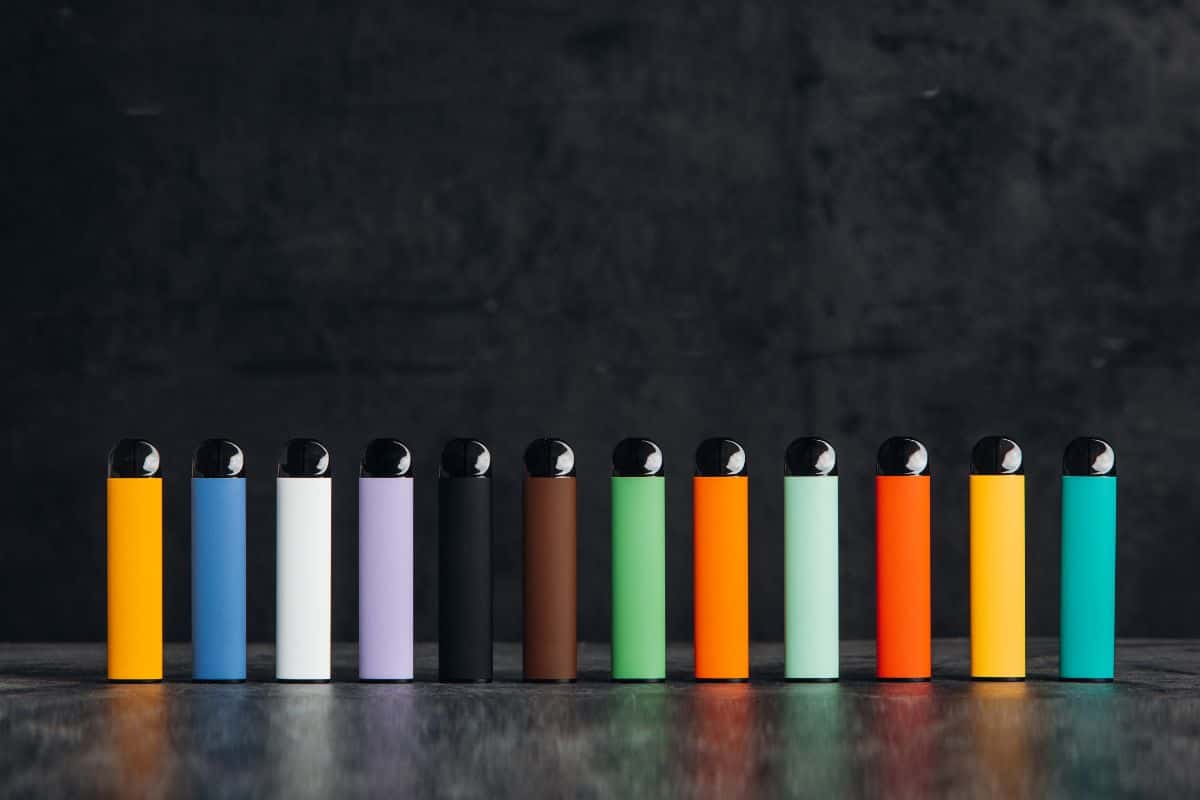
Keep in mind that different vape devices may require different types of chargers. It’s essential to use the correct charger for your particular device to avoid any damage or malfunction. Chargers that are designed specifically for vape devices are available in various types and can cater to specific vape models.
Always follow the manufacturer’s instructions for safe charging practices, as improper charging techniques can pose safety hazards, reduce battery life, or harm your device. By having a clear understanding of vape charging and following appropriate precautions, you can ensure a safe and enjoyable vaping experience while prolonging the life of your vape device.
The Role and Types of Batteries
Batteries play a crucial role in the functionality and performance of electronic cigarettes. They are responsible for providing power to the device, ensuring a consistent and satisfying vaping experience. There are different types of batteries used in vapes, but one of the most common ones is the 18650 battery. These cylindrical lithium-ion batteries offer a balance between capacity, size, and power output, making them suitable for a variety of devices.
When choosing a battery for a vape, it is important to consider its capacity, which is measured in milliampere-hours (mAh). This indicates how long a battery can hold its charge and ultimately determines the overall battery life. A higher mAh rating means the battery will last longer between charges, allowing users to vape for extended periods of time. However, other factors such as the device’s power settings and usage habits can also affect battery life.
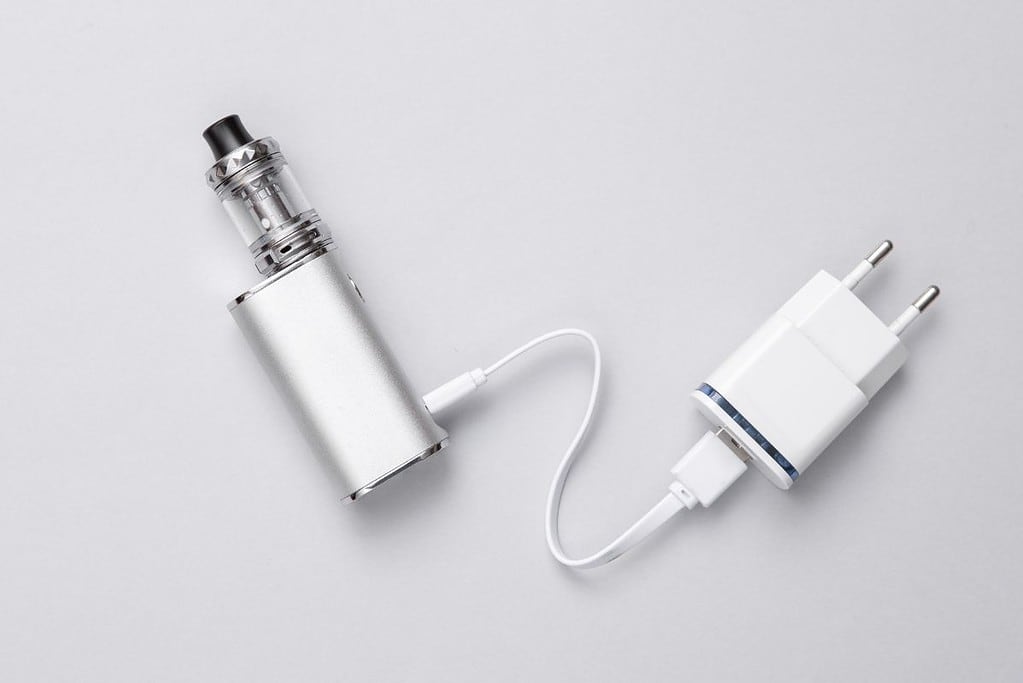
Another essential aspect to consider is the battery’s amperage rating or the maximum continuous discharge rate (CDR). Amps represent the amount of current a battery can provide safely without overheating or causing damage. In the case of vapes, a higher amp rating is desired for devices with higher power output, as they can handle more current and prevent safety hazards.
Vaping devices can either use rechargeable integrated batteries or removable and replaceable ones. An integrated battery is built into the device and cannot be removed, so the entire vape needs to be charged when it runs out of power. This type of battery is commonly found in smaller, more discreet devices and offers a compact and convenient design.
On the other hand, removable batteries provide the flexibility of carrying spare batteries for quick replacement when needed. This is beneficial for users who do not have constant access to charging facilities or want to avoid downtime while vaping. Additionally, removable batteries allow for easy upgrades or replacement in case of battery deterioration.
In conclusion, when dealing with vape batteries, it is essential to consider the type, capacity, amperage rating, and whether they are integrated or removable to ensure a safe and satisfying vaping experience. It is also crucial to follow proper charging practices and not leave the vape charging overnight, as it can lead to battery damage and potential safety risks.
Potential Risks of Overcharging
| Potential Risks of Overcharging |
|---|
| 1. Battery Degradation: Overcharging can accelerate the degradation of lithium-ion batteries commonly used in vaping devices. This can lead to reduced battery life and capacity over time, resulting in the need for more frequent recharges and potentially costly battery replacements. |
| 2. Thermal Runaway: Overcharging a battery can cause it to overheat, potentially leading to a dangerous condition known as thermal runaway. In thermal runaway, the battery temperature continues to rise uncontrollably, which can result in the battery exploding or catching fire, posing significant safety hazards. |
| 3. Fire and Explosion: The most severe consequence of overcharging is the risk of fire or explosion. If the battery becomes damaged or compromised due to overcharging, it can release flammable gases or rupture, leading to a violent and dangerous event. |
| 4. Device Malfunction: Overcharging can affect the internal components of a vaping device, leading to device malfunction. This may result in the device no longer functioning correctly, potential waste of money, and a compromised vaping experience. |
| 5. Safety Concerns: Overcharging poses safety concerns not only for the user but also for those in the vicinity. In rare cases, a device can overheat and ignite even when not in use, leading to property damage or injury. |
| 6. Impact on Health: While less common, overheating caused by overcharging can release harmful chemicals or fumes, which, if inhaled, can have adverse health effects. This risk is particularly concerning if the device is left charging near a sleeping area. |
| 7. Environmental Impact: Replacing damaged or overcharged batteries contributes to electronic waste, which can be harmful to the environment if not disposed of properly. It’s important to recycle or dispose of old batteries responsibly. |
Charging a vape device overnight can result in a number of potential risks. One of the main concerns is overcharging the battery, which can lead to overheating and possible battery explosion. It’s essential to be aware of these safety risks when charging your vaping device.
Overcharging can occur when the vape battery reaches its maximum capacity but continues to receive energy from the charger, ultimately causing the battery to generate excess heat. This overheating can compromise the battery’s structure and may result in a phenomenon known as thermal runaway, which can lead to a battery explosion or fire.
A battery explosion doesn’t only pose a risk to the device itself; it can also cause harm to the user and their surroundings. There have been cases of thigh burns and other injuries from exploding e-cigarette lithium-ion batteries reported in the past. It’s vital to take necessary precautions by using the appropriate charger and not leaving the device charging unattended for extended periods.
Moreover, another safety risk associated with overcharging is damaging the battery permanently, shortening its lifespan, and diminishing its performance. Such misuse of charging equipment can lead to more frequent replacements of the battery, increasing both the cost of maintaining the device and the environmental impact associated with electronic waste.
In order to minimize these risks, it’s recommended to use the manufacturer-approved charging equipment, follow the device’s charging guidelines, and avoid charging overnight or for prolonged periods. By doing so, you can maintain a safer and more efficient vaping experience while reducing the risks associated with overcharging.
Understanding the Vape Kit
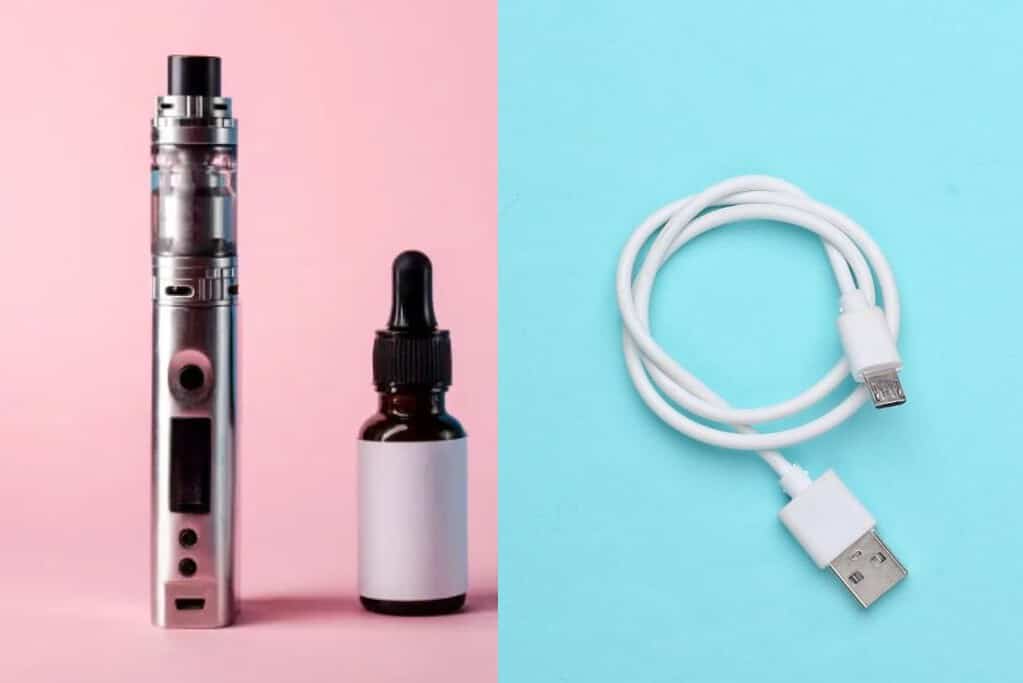
When it comes to using a vape, it’s essential to familiarize yourself with the various components and how they operate. A vape kit typically consists of a mod, tank, and e-liquid. Each element plays a crucial role in the overall vaping experience.
- Mods are the devices that power the vape and regulate the temperature or wattage for optimal vapor production. There are several types of vape mods available, such as box mods and vape pens. Vape pens are slim and compact, making them perfect for discreet vaping, while box mods offer more advanced features and customization options.
- Tanks hold the e-liquid and allow it to be heated by the coil. The coil is the part of the vape that turns the e-liquid into vapor when heated by the mod. Tanks come in various styles, such as sub-ohm tanks, which produce massive clouds, or mouth-to-lung tanks that mimic the sensation of smoking a cigarette.
- E-liquid, also known as vape juice, contains a mixture of propylene glycol (PG), vegetable glycerin (VG), flavorings, and nicotine. E-liquids come in many different flavors and nicotine strengths, catering to individual preferences and needs.
When it comes to charging a vape, overnight charging is generally discouraged. It’s essential to follow the manufacturer’s guidelines for charging time and methods to avoid potential battery overcharging and ensure safe usage. It is also crucial not to leave your vape unattended while charging to prevent any possible accidents.
Overall, understanding the different components of a vape kit is crucial for a satisfying and safe vaping experience. By familiarizing yourself with the various parts and proper charging methods, you will be able to make informed decisions while selecting and using your vape gear.
Pass-Through and Power Banks
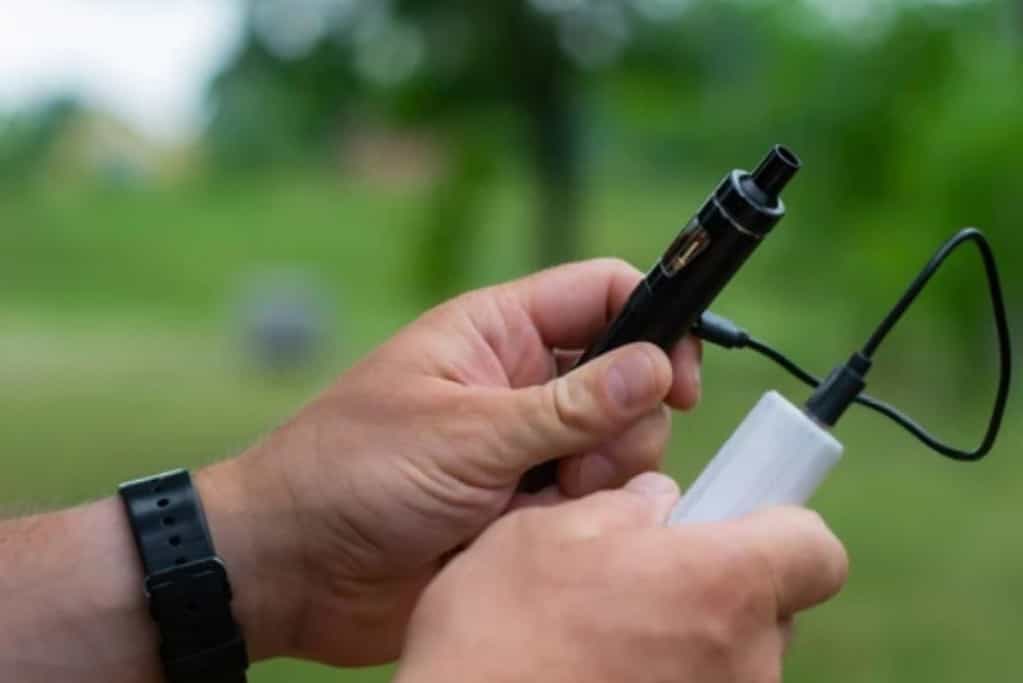
Pass-through technology is an advantageous feature that allows users to vape while their device is still charging. This is particularly useful for heavy users who need to recharge their device frequently or don’t want to wait for the charging to finish. One popular device with this functionality is the Candy King Air Disposable Vape 5% Nicotine, which allows for smooth vaping while charging via a USB Type-C connection.
Using power banks is another solution for keeping vapes charged and ensuring uninterrupted vaping sessions. A power bank stores extra charge, helping to prolong the life of a vape’s battery during the day. For devices with large battery capacity, such as the Esco Bars Ripe Collection 2500 Disposable Vape, the internal 1100mAh battery allows for extended usage without frequent recharging.
However, it is essential to understand the concept of charge cycles for a vape’s battery life. A charge cycle represents the process of charging and discharging a battery completely. After a certain number of cycles, the battery capacity will decrease, resulting in a reduced overall vaping time. To maintain battery longevity, it is recommended to unplug the vape once fully charged and avoid leaving it to charge overnight.
In conclusion, using pass-through technology and power banks can significantly enhance a vaping experience, providing continuous usage without waiting for charging to complete. However, always keep in mind the charge cycles and avoid leaving devices to charge overnight to preserve the battery’s lifespan.
Safety and Troubleshooting Tips
When it comes to using vape devices, safety is a priority. One crucial aspect of safety involves charging your vape overnight. It’s essential to ensure that your vape battery is safe and secure during charging to prevent any accidents.
Tip 1: Use a charging cable specifically designed for your vape Using the proper charging cable for your device can help maintain its battery life and prevent potential damage. A cable designed for your vape will provide the right voltage and amperage, reducing the risk of overcharging or overheating.
Tip 2: Don’t leave the vape charging overnight Leaving your vape charging overnight can lead to overcharging, which may shorten battery life or even cause the battery to swell or leak. To avoid these issues, try to monitor the charging process and unplug the device once it’s fully charged.
Tip 3: Check for any signs of damage Before charging, inspect the device for any visible damage like cracked housing, swollen batteries, or frayed cables. Damaged components can create hazards during charging, so it’s best to replace them with reliable vape accessories as needed.
Tip 4: Charge in a safe location Choose a cool, dry, and well-ventilated area to charge your vape, away from flammable materials or direct sunlight. This reduces the risk of overheating and potential fire hazards.
Tip 5: Troubleshooting If your vape doesn’t seem to be charging properly, or you’re experiencing issues with battery life, try these troubleshooting tips:
- Make sure the charging port is clean and free of debris. Dirt or dust can interfere with the connection, resulting in incomplete charging.
- If using a disposable vape, ensure it’s not out of charge. Disposable vapes cannot be recharged, so it might be time to replace it.
- Check if the charger is working correctly by trying it with another device, or try a different charger with your vape to isolate the issue.
By following these safety and troubleshooting tips, you can ensure a safer charging experience and prolong the life of your vape device. Maintenance and proper usage are key to preventing accidents and enjoying your vaping experience.
Battery Case and Voltage Output
Leaving a vape charging overnight might lead to some concerns regarding the battery case and voltage output. When charging a vape, it is essential to use a proper battery case to ensure safety and prevent any potential damage to the device. There are various vape cases available in the market that cater to different types and sizes of vaping devices.
When it comes to the voltage output of a vaping device, it is crucial to maintain a stable and secure voltage level to prevent any potential issues. Charging overnight might cause overcharging, leading to an increase in voltage output, which may adversely affect the device’s performance and battery life.
In some cases, overcharging may also lead to battery swelling or even damage the internal components of the vape. To prevent such problems, it is advisable to use a high-quality charger specifically designed for vaping devices. Some chargers come with built-in safety features such as voltage regulation and automatic shut-off when the battery is fully charged.
Moreover, it is essential to use genuine batteries for your vaping device that are compatible with its voltage requirements. Using low-quality or incompatible batteries may result in poor voltage output and affect the overall performance of the device.
To save on vaping accessories and chargers, you can consider looking for Vape Clutch coupon codes. Discounts and deals on vaping devices and accessories will help ensure that you are using quality products without breaking the bank.
In conclusion, while leaving a vape charging overnight is not always ideal, it is possible to minimize the potential risks by using a quality battery case, charger, and genuine batteries. This will help in maintaining optimal voltage output and maximizing the device’s performance and battery life.
Vaping Research and Consumer Electronics
Recent vaping research has focused on understanding user behaviors, the impact and safety aspects of using e-cigarettes, and how they compare with traditional smoking. A study regarding nicotine delivery found that Juul e-cigarettes helped reduce urges to smoke after overnight abstinence. However, e-cigarettes come with their challenges, such as balancing convenience and performance with safe charging practices.
In the world of consumer electronics, laptops and mobile devices have strict guidelines for charging and battery maintenance to ensure longevity and safety. Similarly, e-cigarette users need to adopt safe charging practices to prevent issues such as battery failure or even an explosion. One research article mentions safety warnings, including not charging e-cigarettes overnight and avoiding leaving them unattended while charging.
A common concern among e-cigarette users is the availability of a charged device. Users sometimes resort to disposable vape pens if their primary device is not charged. This trend highlights the importance of adopting good charging habits and understanding the effects of improper charging. It is crucial to recognize the similarities between e-cigarettes and other consumer electronics when it comes to battery charging, usage, and safety.
As more people turn to e-cigarettes as a smoking cessation tool or an alternative to traditional smoking, understanding the similarities between vaping devices and other consumer electronics becomes essential. By adopting safe charging practices, users can ensure the longevity of their devices, reduce the risk of accidents, and have a positive vaping experience.
Browse popular vape collections:
- Nicotine Disposables
- 2000 Puff Nicotine Disposable Vapes
- 2500 Puff Nicotine Disposable Vapes
- 5000 Puff Nicotine Disposable Vapes
- 6000 Puff Disposable Nicotine Vapes
- 7000 Puff Nicotine Disposable Vapes
- Disposable Vape Deals
- Best Vape Brands
- 8000 Puff Nicotine Disposable Vapes
- 9000 Puff Nicotine Disposable Vapes
- 5% Nicotine Disposable Vapes
- Rechargeable Nicotine Disposable Vapes
- Vape Coils
- Dab Wax Pens
- Dab Wax Pen Battery
- Yocan Vapes
- Vape Cases
Frequently Asked Questions
Is it safe to leave a vape on charge overnight?
Leaving a vape on charge overnight is generally not recommended. Overcharging can potentially lead to battery degradation or, in some cases, be a safety risk. It is best to monitor the charging process and remove the device from the charger when it is fully charged.
What to do if you overcharge your vape?
If you accidentally overcharge your vape, it is crucial to stop charging it immediately and monitor the device for any signs of overheating, swelling, or leaking. If you notice any of these issues, you may need to replace the device or its battery to ensure safety.
How long should I charge my disposable vape?
Disposable vapes, such as the Flum Pebble 6000 and the SMOK Novo Bar AL6000, come with a pre-charged battery and are designed to last until the e-liquid runs out. These devices do not typically require charging. It’s essential to follow the manufacturer’s guidelines for use and disposal.
Should I turn my vape off when charging?
Turning your vape off while charging is a good practice, as it can prevent potential damage from occurring and reduce the risk of overheating. Make sure to consult the user manual for your specific device to ensure proper charging methods.
Can you leave 18650 batteries charging overnight?
Similar to charging a vape, it’s not recommended to leave 18650 batteries charging overnight. Overcharging these batteries can potentially damage them, reduce their lifespan, or pose a safety risk.
Does overcharging a vape cause damage?
Yes, overcharging a vape can cause damage to the device or its battery. Overcharging can lead to battery degradation, reduced performance, and, in rare cases, cause safety risks such as swelling, leakage, or even explosions. To keep your device in good working condition, it’s essential to monitor the charging process and follow the recommended charging practices.

